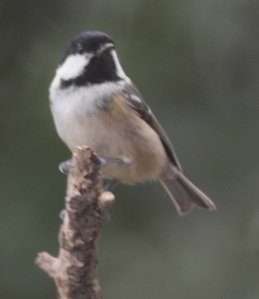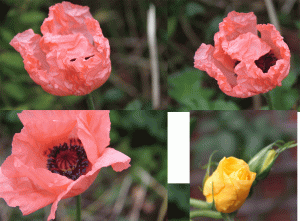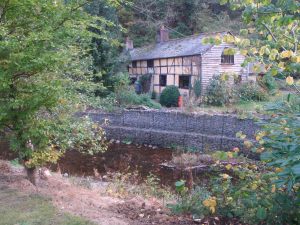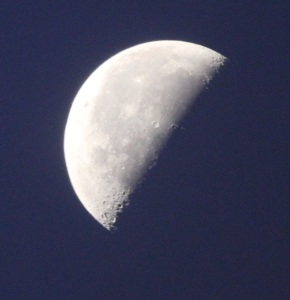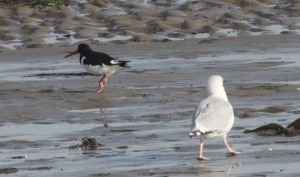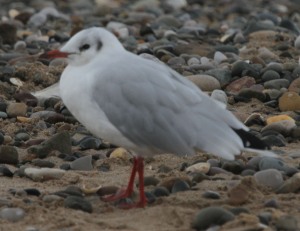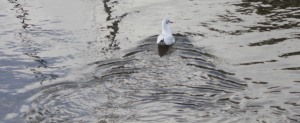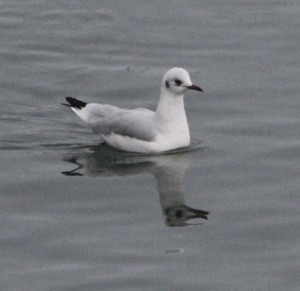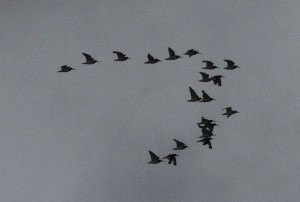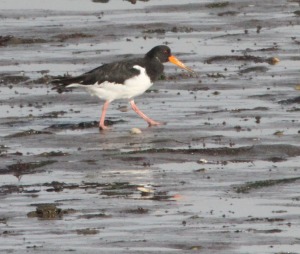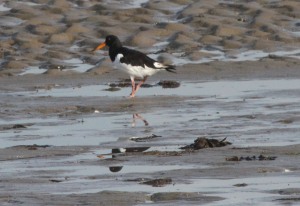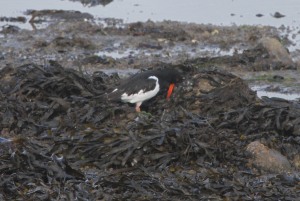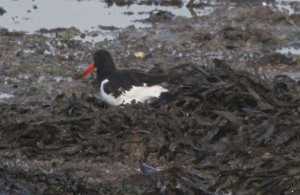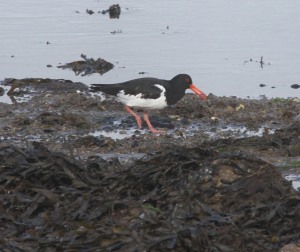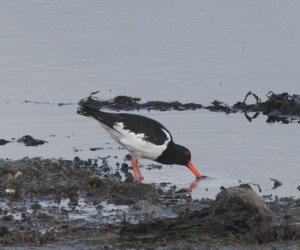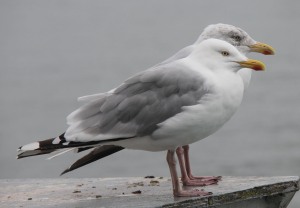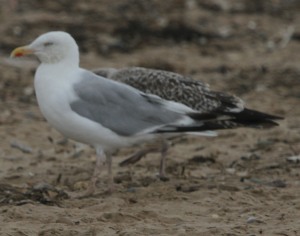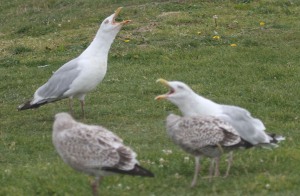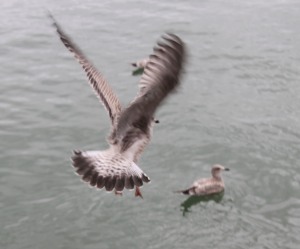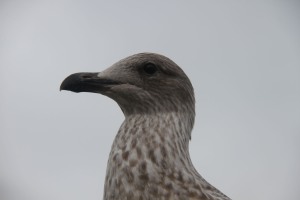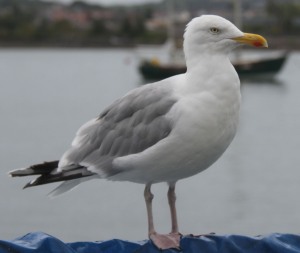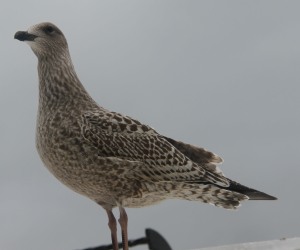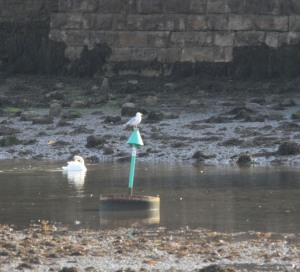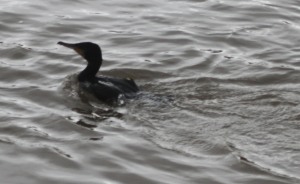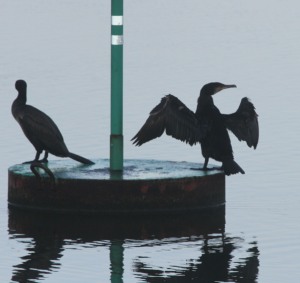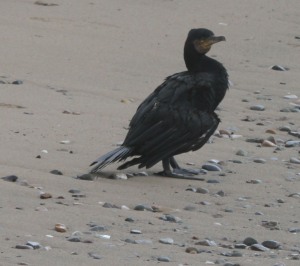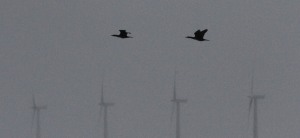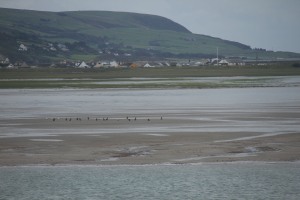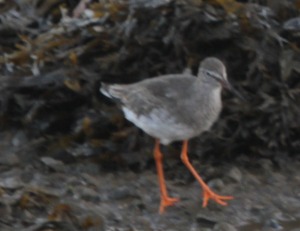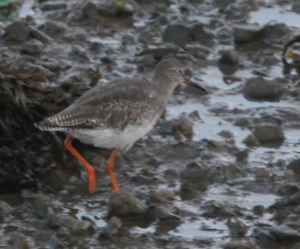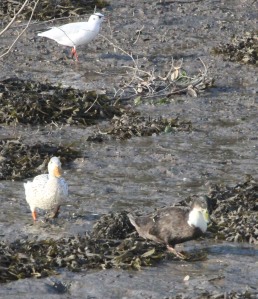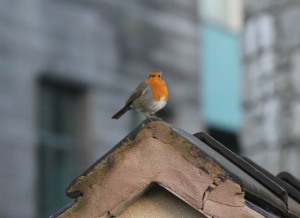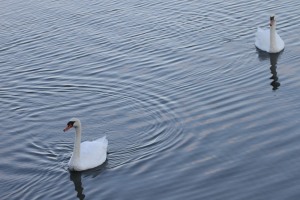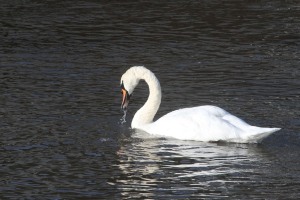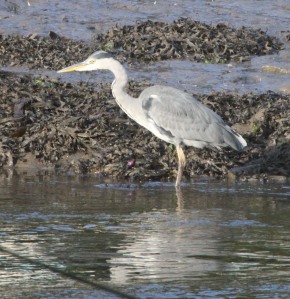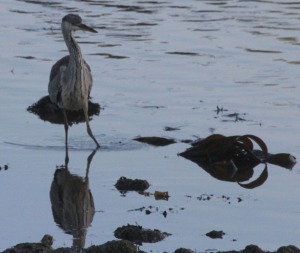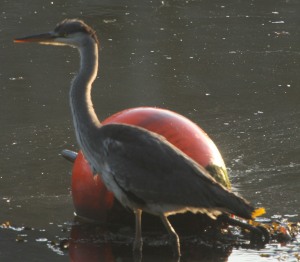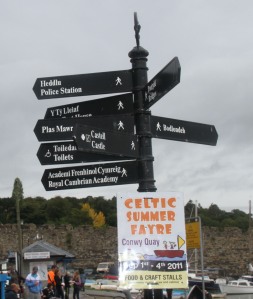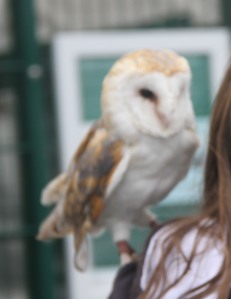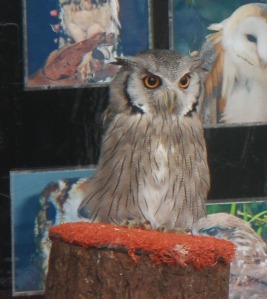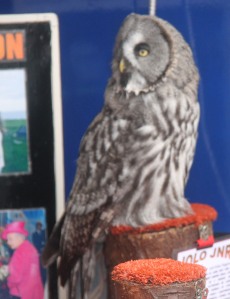24 Oct 2011
by A Roberts
in BIRDS
Tags: Blackbird, Great Cormorant (Phalacrocorax carbo), midges, monkey puzzle tree, MOON, Robin, Spotted flycatcher, The Coal Tit.Periparus ater, The Isabelline Wheatear. Oenanthe isabellina, wood pigeon
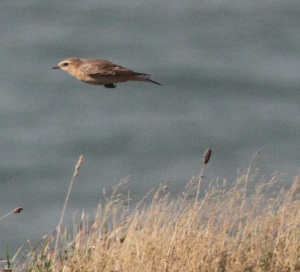
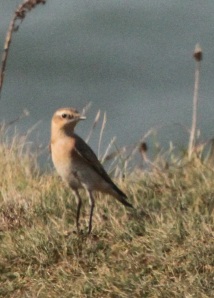
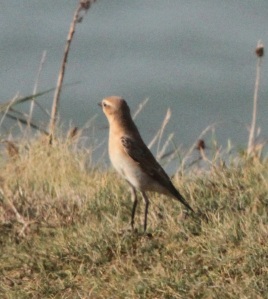
The Isabelline Wheatear, Oenanthe isabellina. shots where taken high up on the cliff top above Aberystwyth
The Isabelline Wheatear, Oenanthe isabellina, thank you Bob for its I D .Bobs blog is on http://birdsfod.blogspot.com/ .
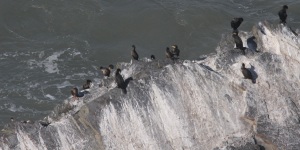
Cormorants on the rock bellow the cliffs at Aberystwyth
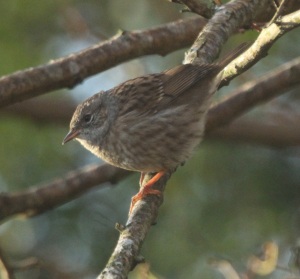
Spotted flycatcher
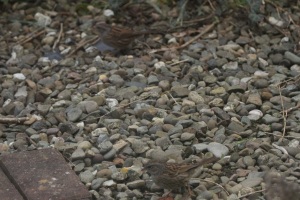
One of the pair of flycatchers is darker than the other so its either an adult and juvenile or a male and female.
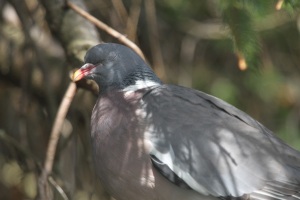
- Wood pigeon just taking a nap.
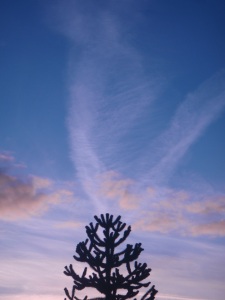
the monkey puzzle tree on fire
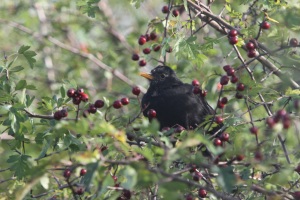
Male Juvenile blackbird in the thorn tree
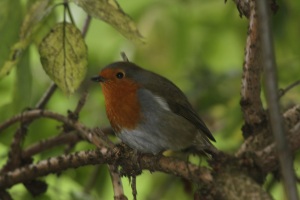
Robin sheltering from the rain
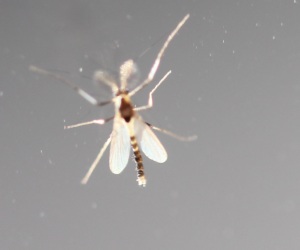
one of the midges
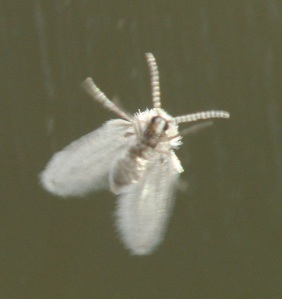
this midge is almost moth like.
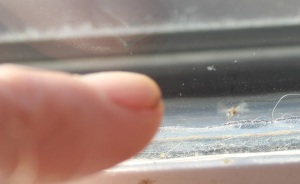
the midge on the window
17 Oct 2011
by A Roberts
in MY GARDEN
Tags: blue tit, Centipede, GOOSANDER, Great tit, Magpie .Pica Pica., Millipede, mute swan, RED ADMIRAL, Robin, Spotted Flycatcer
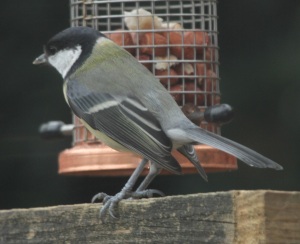
Great tit
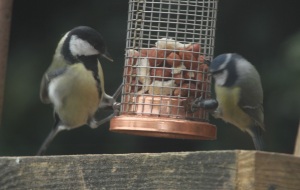
Great tit and a blue tit at the feeder.
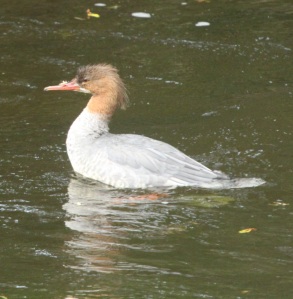
Female Goosander on the severn river.
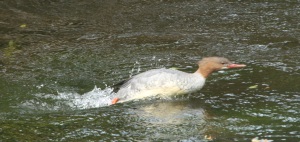
on a dash after a fish. not only do they fish under water
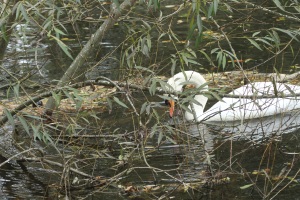
Female Mute swan foraging in the roots of the willow
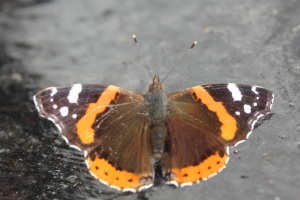
- red admiral on my front window cill.
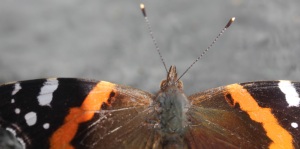
macro of the red admiral
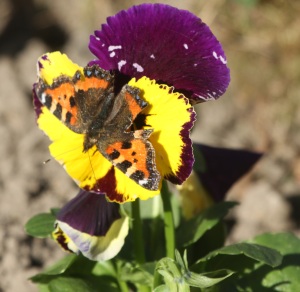
A rather tatty red admiral on the newly planted Pansies in the Robert Owen gardens
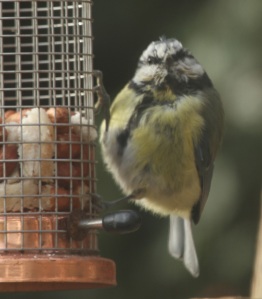
Great tit on the feeder
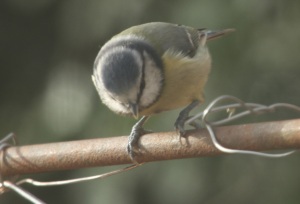
Blue tit the cap reminds me of the time I was in Israel watching the jews praying against the whaling wall in the city of Jerusalem.
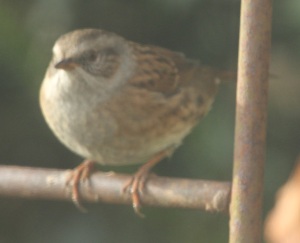
Spotted Flycatcer
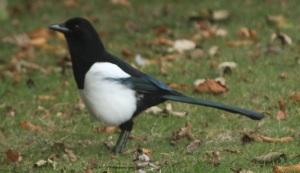
Magpie .Pica Pica.
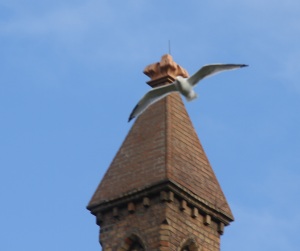
Herring gull flying off one of the St David church towers
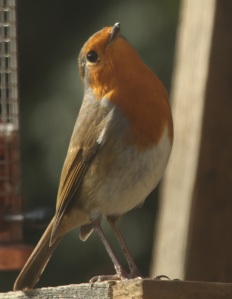
THE ROBIN MUCH PREFERES SCRAPING IN THE GARDEN LOOKING FOR CENTEPEDES AND SMALL WORMS.
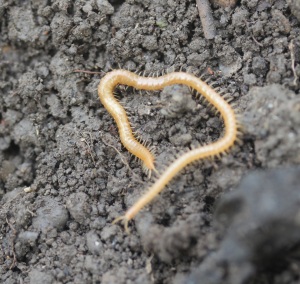
Centipede (Geophilomorpha: Geophilidae) and the difference between Centepede and a Millipede.
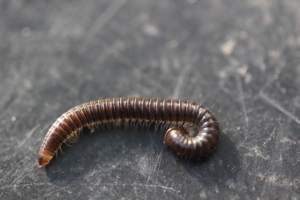 Millipedes are arthropods that have two pairs of legs per segment (except for the first segment behind the head which does not have any appendages at all
Millipedes are arthropods that have two pairs of legs per segment (except for the first segment behind the head which does not have any appendages at all

